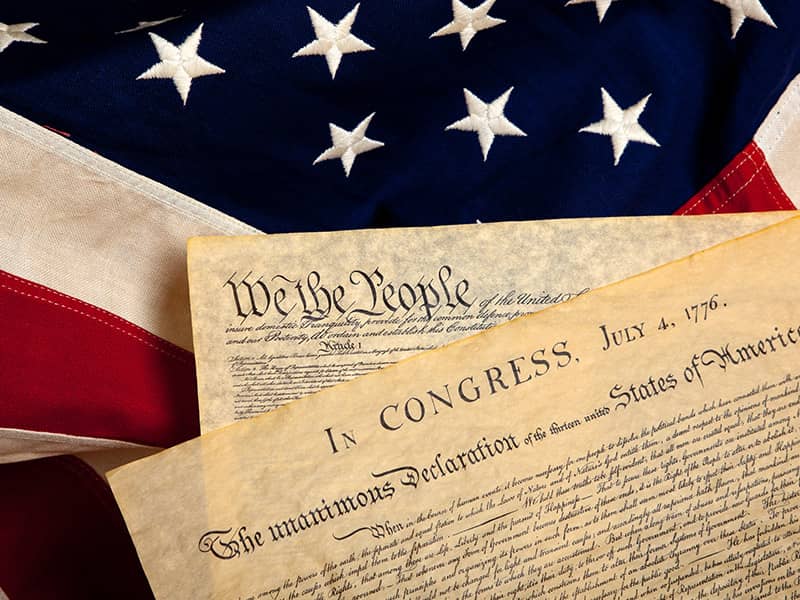A few months later, in late October, the book, titled "Crossing the Threshold of Hope," was released simultaneously in 85 countries. Nearly 1.5 million copies were shipped to American bookstores. And they sold. It was what people in the book business call a "publishing event." This little book of essays written in response to questions from an Italian journalist stayed on the New York Times bestseller list for nine weeks despite reviewers critiques that it was "dense" and "meandering."
Looking back a decade later, what explains its success?
Part of that answer is that it so thoroughly reflected the heart of the man who wrote it. While John Paul II was conservative, uncompromising in his beliefs, and by all accounts very willing to share those opinions, he was also deeply accessible. He was, like the Jesus he served, capable of being both lion and lamb. So while the book dealt with hot-button social issues like abortion, it was his discussion of faith that so moved people. The Pope wrote about the nature of God; how could God allow good things to happen to bad people? What is the nature of salvation, and is it an exclusively Catholic prerogative? What about the Buddha? Does suffering make sense? How about hope? "Be not afraid," he said over and over. People listened.
But there was something else at work. While Catholics bought the book in large numbers so did evangelical Christians. It was tangible evidence that the Catholic-evangelical divide that forced John Kennedy to go before evangelicals during the 1960 presidential campaign to assure them his Catholicism and his politics would be separate was quickly becoming a Catholic-evangelical alliance.
Earlier in 1994, a group of 39 Catholic and evangelical scholars and leaders ranging from John Cardinal O'Connor, Archbishop of New York, to Pat Robertson had issued a document titled, "Evangelicals and Catholics Together: The Christian Mission in the Third Millennium" that affirmed both a common faith heritage-the centrality of Jesus-and a common political agenda that included fighting against abortion, for school choice and voluntary public school prayer. As evangelical leader Chuck Colson said at the time, "[O]n the ancient creeds and the core beliefs of Christianity we stand together. Christianity is besieged on all sides by a militant nation of Islam, by pantheists who have invaded many areas of life, including the church through the New Age movement, and by the aggressive secularism of Western life."
Shortly after the book's release, I remember talking to a dear friend and fellow Baptist (at the time) who headed the lobbying operation for a major Christian organization. She raved about the pope's new book and about the how clearly and humbly he articulated the value of life and the importance of having Christ's message translated into everyday human affairs. But what made both of us weak in the knees was the love and humanity that somehow oozed out of the book's pages. My friend's husband teased us that we had better convert to Catholicism since we were so taken with the pope's words. Maybe we would have but there didn't seem to be any need because the pope who wrote "Crossing the Threshold of Hope" was already our spiritual brother.
A decade later, in November 2004, conservative Christians and Catholics of every color were the pillars of the religious coalition that returned President George W. Bush to office. President Bush won about 55 percent of the Catholic vote-a bit more than 16 million ballots. Combining those votes with the 80 percent of the evangelical vote-a little more than 20 million people-that went to the president, and it accounts for more than half of the President's 60 million votes.
While the media, commentators, academics, and just about everyone else was shocked at the extraordinary faith-based political coalition the president's team had assembled, they shouldn't have been. The conservative coalition of faith voters didn't just materialize overnight.
It has grown steadily for the past decade and its influence doesn't show any signs of waning.Mikhail Gorbachev, president of the Soviet Union in its waning days, has famously said that Pope John Paul II was the pivotal figure in the downfall of communism. President George W. Bush may one day acknowledge that the great Karol Wojtyla was also the catalyst for creating the powerful coalition of religiously active Christians in American politics.
As the cardinals gather to select the next leader of Catholics worldwide, there are those here in Washington and around the country who are watching the proceedings very closely. They should be. The next Vicar of Christ could have a profound impact on the nature and extent of Catholic political involvement in the United States.

